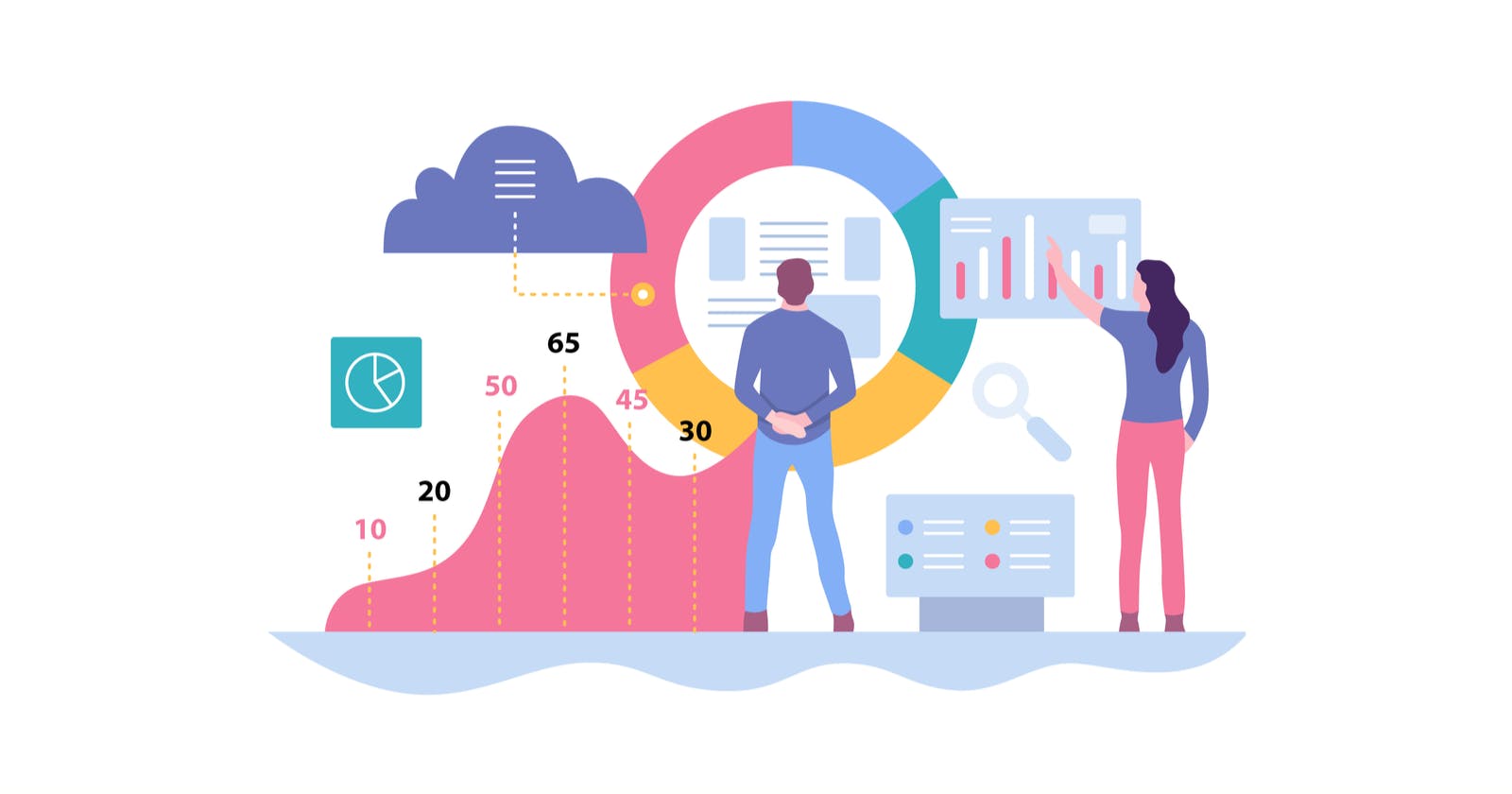Introduction
Propensity scores are an important tool for business analysts to understand customers’ behavior, predict future behaviors, and identify opportunities for improvement. Propensity scores are a measure of the likelihood that a customer will take a certain action, such as buying a product or service, based on their past behavior. They can be used to determine which customers are more likely to convert, which marketing efforts are more likely to be successful, and which customers are more likely to be profitable. Propensity scores can also be used to identify potential customer segments and target them with more specific marketing strategies.
Propensity scores can be used to measure customers’ preferences and behaviors, analyze their impact on business performance, and suggest strategies to increase the probability of success. By understanding customers’ preferences and behaviors, businesses can develop targeted marketing strategies that maximize the likelihood of a successful outcome. Additionally, propensity scores can be used to identify customer segments and target them with more specific marketing strategies.
The use of propensity scores in business analysis has grown significantly in recent years. This is due to the increasing availability of data, which allows companies to develop more accurate and predictive models. Furthermore, advances in machine learning and artificial intelligence have enabled businesses to develop more sophisticated propensity models.
What are Propensity Scores?
Propensity scores are a measure of the likelihood that a customer will take a certain action, such as buying a product or service, based on their past behavior. They are most commonly used to predict customer behavior, such as the likelihood of converting or the likelihood of becoming a customer.
Propensity scores are calculated by analyzing a customer’s past behaviors and preferences, such as demographic information and purchase history. This data is then used to create a model that can accurately predict whether or not a customer is likely to take a certain action. The model is then used to generate a score for each customer, which is used to measure the likelihood that they will take a certain action.
Propensity scores can be used to identify customer segments and target them with more specific marketing strategies. They can also be used to analyze the effectiveness of different marketing strategies, by comparing the conversion rates of different customer segments. Additionally, propensity scores can be used to predict customer lifetime value and to identify opportunities for improvement.
Benefits of Using Propensity Scores
There are several benefits to using propensity scores in business analysis. First, they provide a comprehensive view of customer behavior, allowing businesses to better understand their customers and tailor their marketing strategies accordingly. By understanding customers’ preferences and behaviors, businesses can develop targeted marketing strategies that maximize the likelihood of a successful outcome.
Second, propensity scores can be used to identify customer segments and target them with more specific marketing strategies. This can be especially useful for smaller businesses that may not have the resources to target large customer segments. Additionally, propensity scores can be used to analyze the effectiveness of different marketing strategies, by comparing the conversion rates of different customer segments.
Finally, propensity scores can be used to predict customer lifetime value and to identify opportunities for improvement. By understanding customers’ preferences and behaviors, businesses can develop strategies to increase customer lifetime value, such as offering loyalty programs or personalized offers.
Conclusion
Propensity scores are an important tool for business analysts to understand customers’ behavior, predict future behaviors, and identify opportunities for improvement.
They provide a comprehensive view of customer behavior, allowing businesses to better understand their customers and tailor their marketing strategies accordingly. Additionally, propensity scores can be used to identify customer segments and target them with more specific marketing strategies.
Finally, they can be used to predict customer lifetime value and to identify opportunities for improvement. By leveraging the power of propensity scores, businesses can develop more effective marketing strategies and increase their probability of success.

